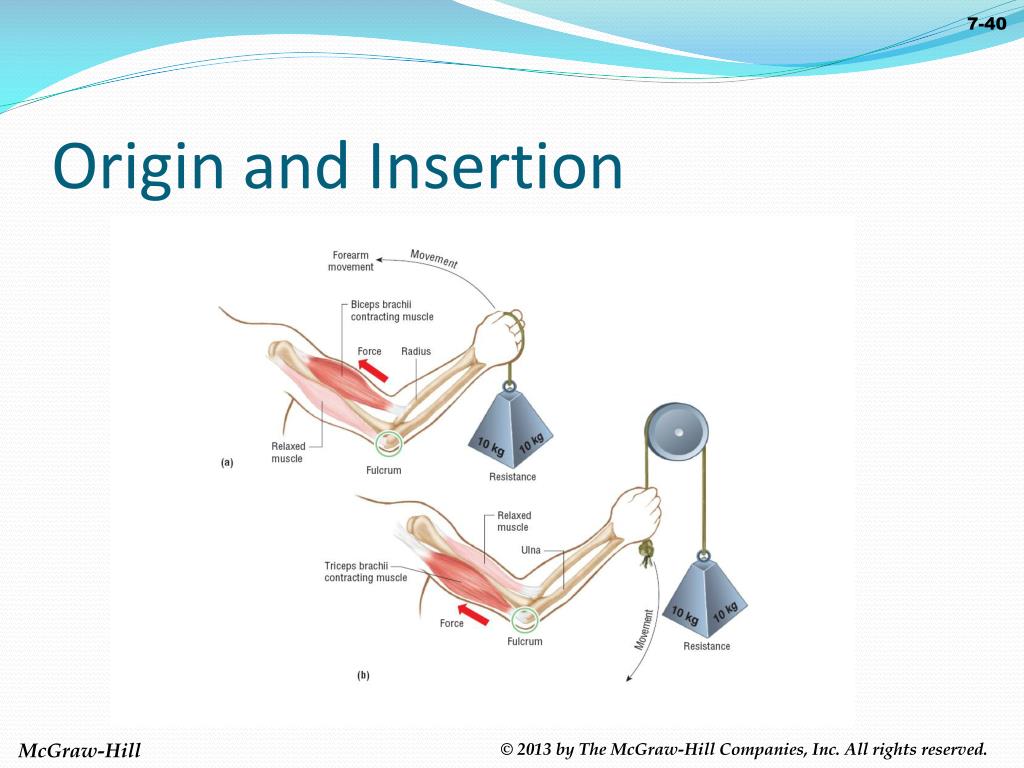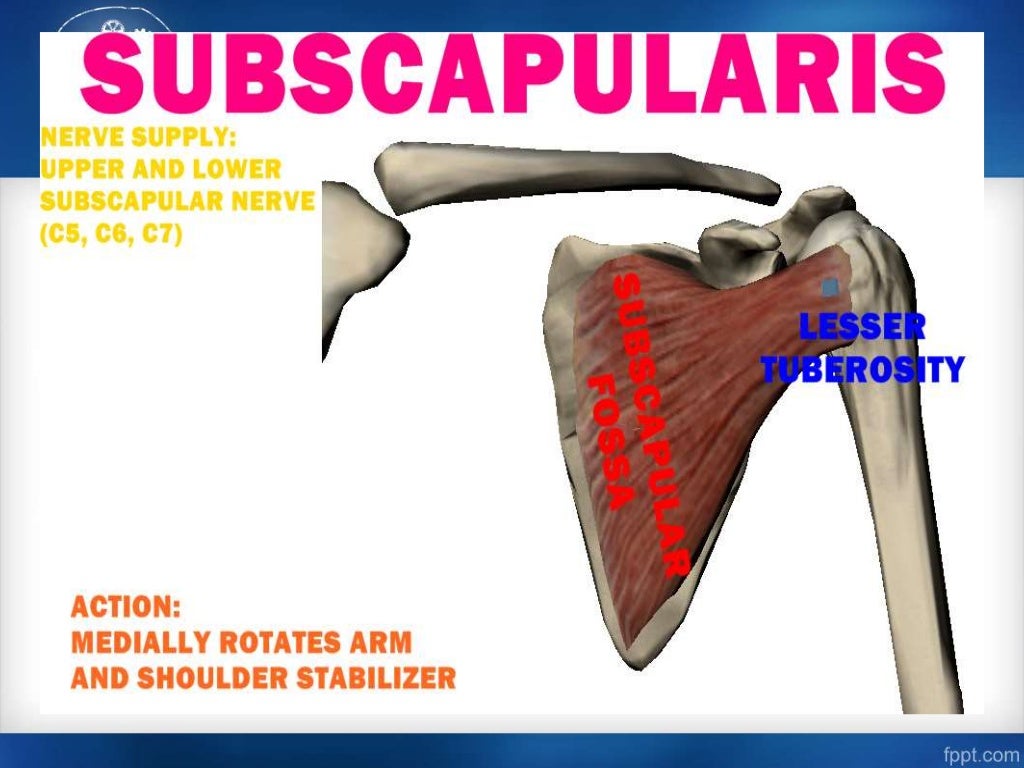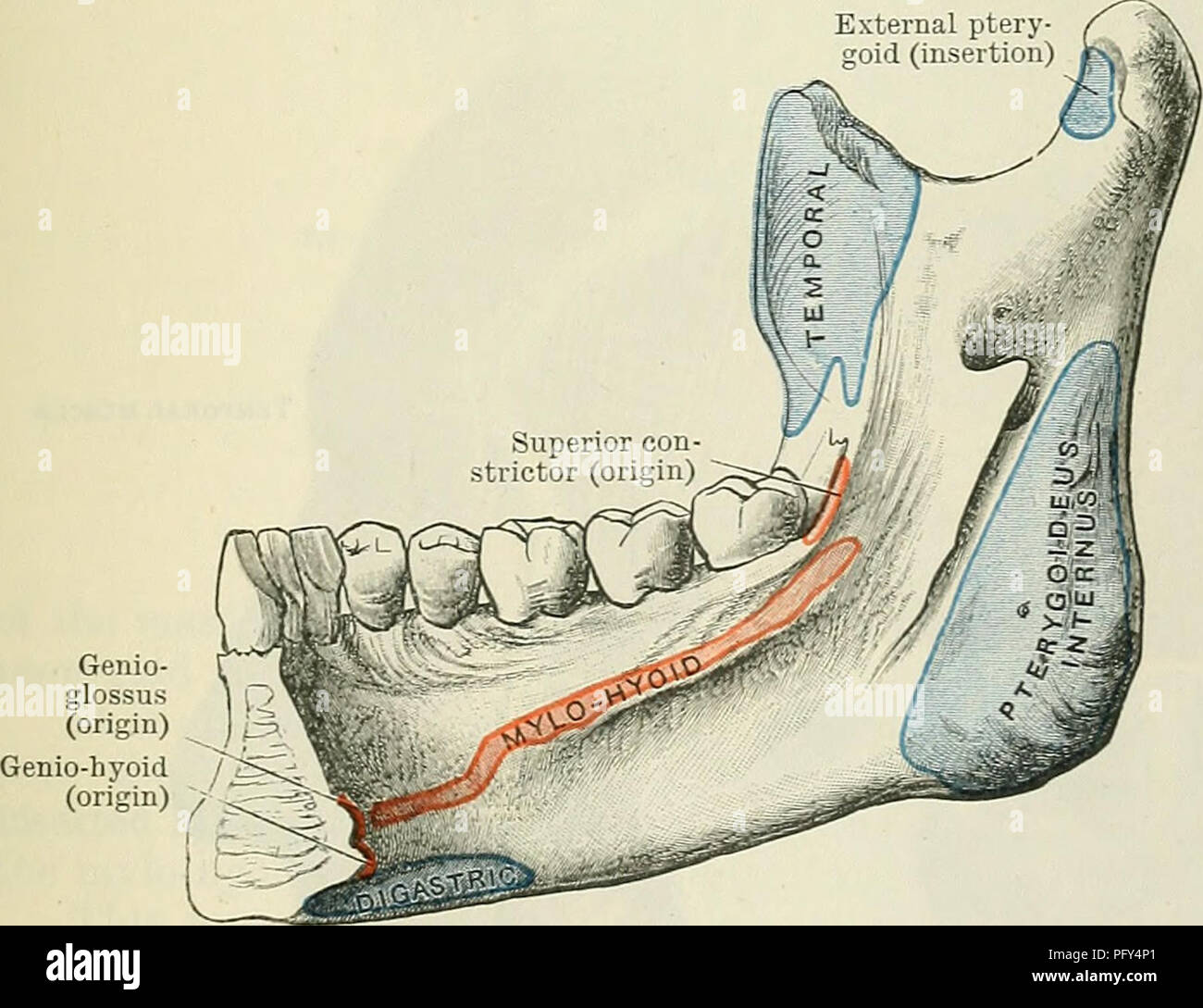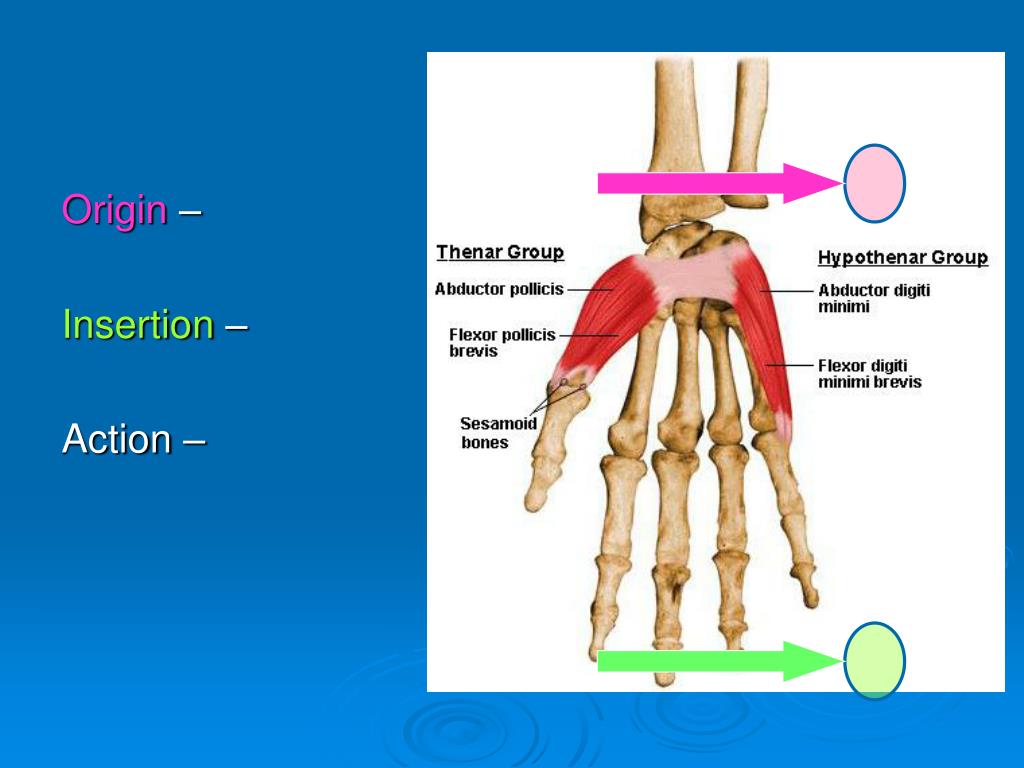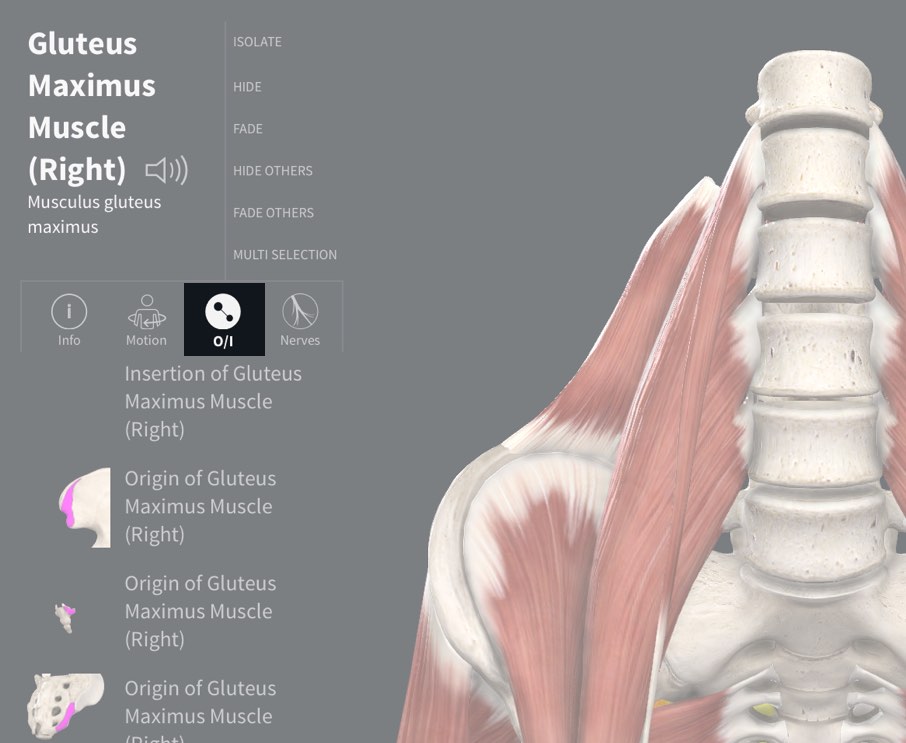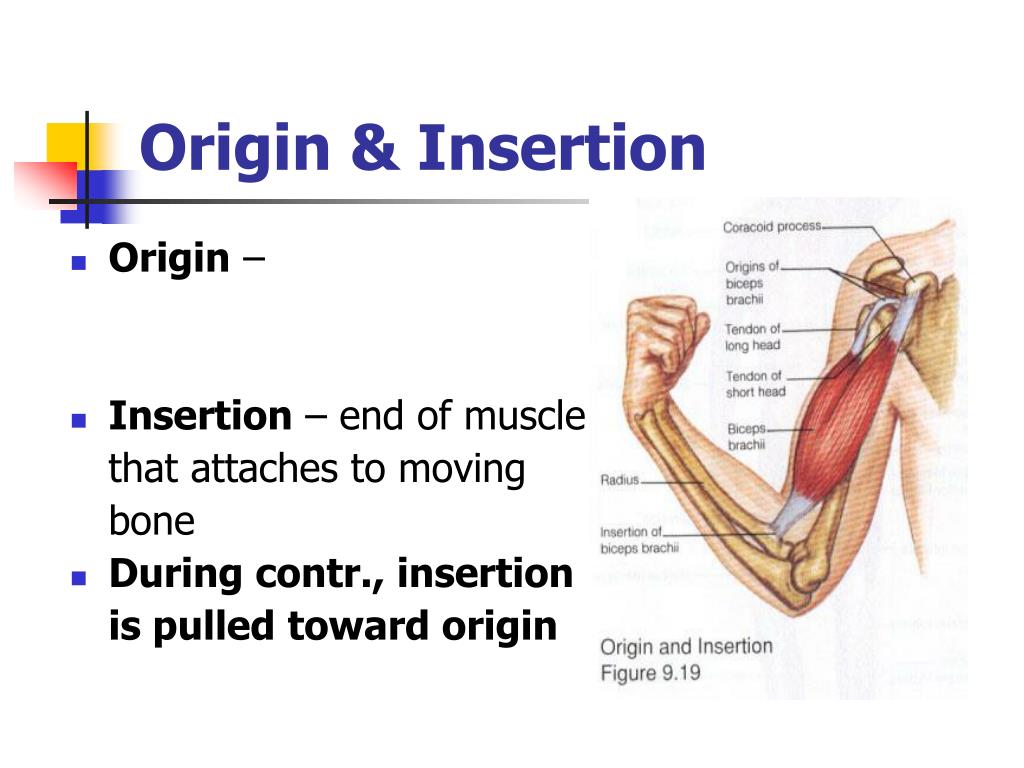Define Insertion In Anatomy - It is usually located distal to the. The origin refers to the end of a muscle that. The main difference between origin and insertion is that origin is the attachment point of skeletal muscles, which does not move. The insertion refers to the point where a muscle attaches to the bone that moves when the muscle contracts. When a muscle contracts, the insertion moves closer to the origin, facilitating movements like flexion, extension, abduction, and rotation. Anatomy the point or mode of attachment of a skeletal muscle to the bone or other body part that it moves. Well, let’s first define what an origin and insertion are. Most often, the origin is defined as the attachment that stays fixed when a muscle. In the world of anatomy, origin and insertion are crucial when discussing muscles. The act or process of inserting.
Anatomy the point or mode of attachment of a skeletal muscle to the bone or other body part that it moves. In the world of anatomy, origin and insertion are crucial when discussing muscles. Most often, the origin is defined as the attachment that stays fixed when a muscle. It is usually located distal to the. The insertion refers to the point where a muscle attaches to the bone that moves when the muscle contracts. The origin refers to the end of a muscle that. The act or process of inserting. The main difference between origin and insertion is that origin is the attachment point of skeletal muscles, which does not move. Well, let’s first define what an origin and insertion are. When a muscle contracts, the insertion moves closer to the origin, facilitating movements like flexion, extension, abduction, and rotation.
The insertion refers to the point where a muscle attaches to the bone that moves when the muscle contracts. The origin refers to the end of a muscle that. Most often, the origin is defined as the attachment that stays fixed when a muscle. Well, let’s first define what an origin and insertion are. In the world of anatomy, origin and insertion are crucial when discussing muscles. It is usually located distal to the. When a muscle contracts, the insertion moves closer to the origin, facilitating movements like flexion, extension, abduction, and rotation. Anatomy the point or mode of attachment of a skeletal muscle to the bone or other body part that it moves. The main difference between origin and insertion is that origin is the attachment point of skeletal muscles, which does not move. The act or process of inserting.
Insertion Anatomy Definition
When a muscle contracts, the insertion moves closer to the origin, facilitating movements like flexion, extension, abduction, and rotation. The act or process of inserting. In the world of anatomy, origin and insertion are crucial when discussing muscles. The main difference between origin and insertion is that origin is the attachment point of skeletal muscles, which does not move. The.
Insertion Anatomy Definition
The insertion refers to the point where a muscle attaches to the bone that moves when the muscle contracts. It is usually located distal to the. When a muscle contracts, the insertion moves closer to the origin, facilitating movements like flexion, extension, abduction, and rotation. The origin refers to the end of a muscle that. The act or process of.
Insertion Anatomy Definition
When a muscle contracts, the insertion moves closer to the origin, facilitating movements like flexion, extension, abduction, and rotation. The main difference between origin and insertion is that origin is the attachment point of skeletal muscles, which does not move. The origin refers to the end of a muscle that. The insertion refers to the point where a muscle attaches.
Insertion Anatomy Definition Vastus Lateralis Muscle GetBodySmart
The act or process of inserting. Most often, the origin is defined as the attachment that stays fixed when a muscle. The insertion refers to the point where a muscle attaches to the bone that moves when the muscle contracts. The origin refers to the end of a muscle that. When a muscle contracts, the insertion moves closer to the.
Insertion Anatomy Definition
The act or process of inserting. Well, let’s first define what an origin and insertion are. Anatomy the point or mode of attachment of a skeletal muscle to the bone or other body part that it moves. Most often, the origin is defined as the attachment that stays fixed when a muscle. The insertion refers to the point where a.
Insertion Anatomy Definition
Most often, the origin is defined as the attachment that stays fixed when a muscle. The origin refers to the end of a muscle that. Well, let’s first define what an origin and insertion are. The act or process of inserting. The insertion refers to the point where a muscle attaches to the bone that moves when the muscle contracts.
Insertion Anatomy Definition Anatomy Drawing Diagram Muscle
The act or process of inserting. Well, let’s first define what an origin and insertion are. Anatomy the point or mode of attachment of a skeletal muscle to the bone or other body part that it moves. In the world of anatomy, origin and insertion are crucial when discussing muscles. The origin refers to the end of a muscle that.
Insertion Anatomy Definition
In the world of anatomy, origin and insertion are crucial when discussing muscles. The main difference between origin and insertion is that origin is the attachment point of skeletal muscles, which does not move. Most often, the origin is defined as the attachment that stays fixed when a muscle. Well, let’s first define what an origin and insertion are. The.
Insertion Anatomy Definition
The insertion refers to the point where a muscle attaches to the bone that moves when the muscle contracts. Well, let’s first define what an origin and insertion are. Anatomy the point or mode of attachment of a skeletal muscle to the bone or other body part that it moves. In the world of anatomy, origin and insertion are crucial.
Insertion Anatomy Definition
The main difference between origin and insertion is that origin is the attachment point of skeletal muscles, which does not move. Anatomy the point or mode of attachment of a skeletal muscle to the bone or other body part that it moves. Well, let’s first define what an origin and insertion are. Most often, the origin is defined as the.
The Act Or Process Of Inserting.
The insertion refers to the point where a muscle attaches to the bone that moves when the muscle contracts. Most often, the origin is defined as the attachment that stays fixed when a muscle. When a muscle contracts, the insertion moves closer to the origin, facilitating movements like flexion, extension, abduction, and rotation. The origin refers to the end of a muscle that.
Well, Let’s First Define What An Origin And Insertion Are.
In the world of anatomy, origin and insertion are crucial when discussing muscles. Anatomy the point or mode of attachment of a skeletal muscle to the bone or other body part that it moves. The main difference between origin and insertion is that origin is the attachment point of skeletal muscles, which does not move. It is usually located distal to the.

